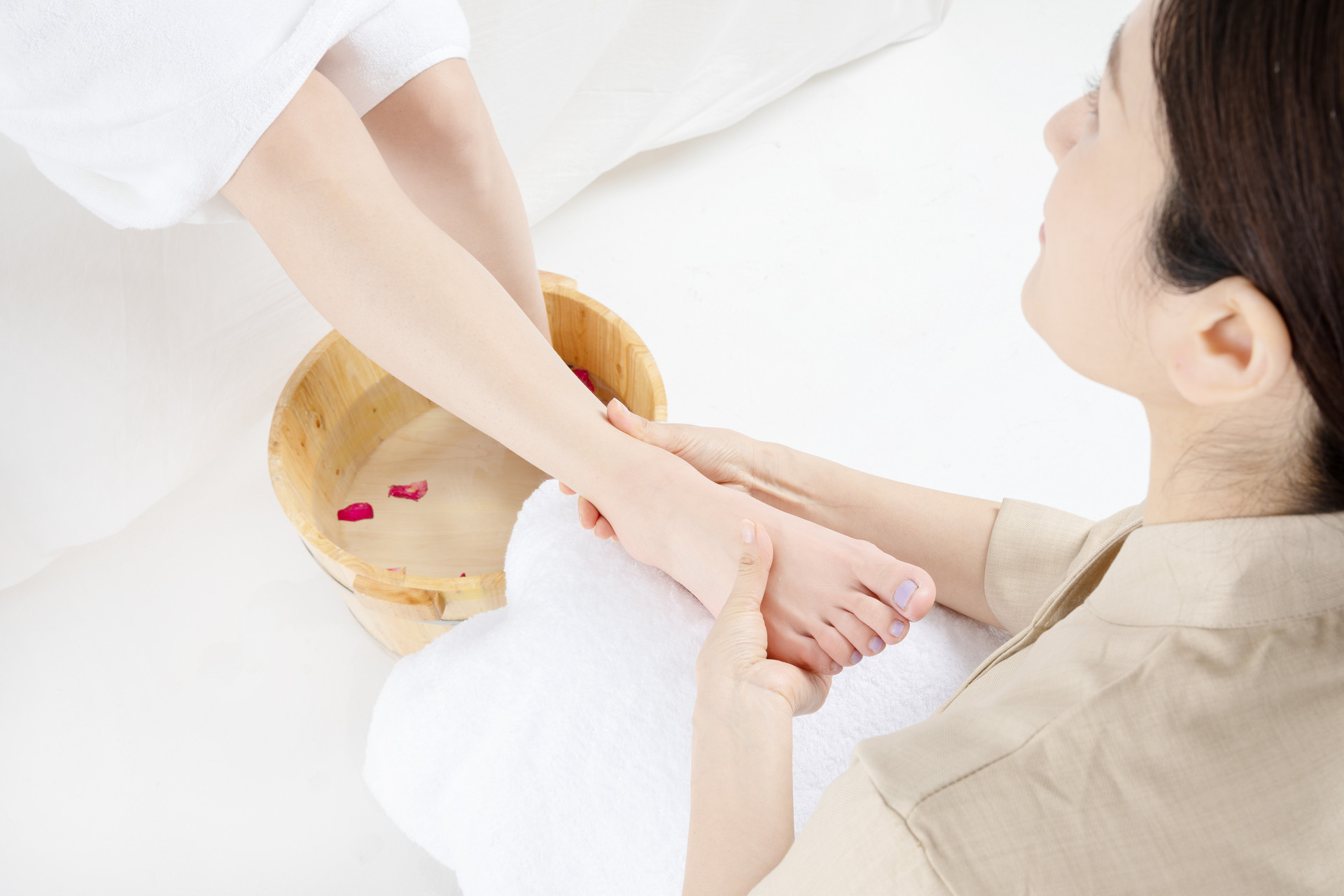Diarrhea is the most common disease in infants and young children in autumn, and diarrhea is only one of the symptoms of the disease. If not paid attention to, there may also be colds and vomiting. So what are the causes of infant autumn diarrhea? Let's understand together.
Causes of Infant Autumn Diarrhea
1. Immature digestive system
Infants' digestive system is not fully developed, the activity of enzymes is poor, but the nutritional requirements are relatively high, and the intestinal burden is heavy. If fed improperly, such as excessive feeding of starch or fat, resulting in changes in composition, or excessive intake in one meal, it can cause disorders of digestive function and lead to diarrhea.
2. Immature immune function
The nervous system, endocrine system, circulatory system, liver, and kidney function in infancy are all immature, with poor regulatory function, and the immune function is not mature enough. When pathogenic bacteria enter the body with contaminated food, it is easy to cause diarrhea.
3. Large temperature difference
In autumn, the temperature changes greatly, with sudden changes between cold and hot. Climate change can cause colds, abdominal cold, and various infections, which can also lead to diarrhea.
4. Improper feeding
Drinking too many beverages or eating cold drinks in hot weather, or parents who take care of infants giving them cold water for milk will increase the gastrointestinal burden of infants, and the direct consequence is diarrhea.
Nursing of Infant Autumn Diarrhea
1. Control diet
If there is severe vomiting, fasting for a few hours is allowed, but water should not be restricted. After improvement, continue feeding gradually, from small to large, from thin to thick; infants who are breastfed can continue breastfeeding and suspend complementary foods; if secondary lactase deficiency is suspected, breastfeeding can be suspended or lactose-free formula can be used to reduce diarrhea and shorten the course of the disease.
2. Replenish fluids
Feed a small amount of homemade diluted salt water or rice soup multiple times to prevent dehydration and electrolyte imbalance. Oral rehydration salt diluted in equal amounts can also be taken at will.
3. Keep the abdomen warm
Increase the child's clothing appropriately or use a large mask or abdominal protector to wrap around the baby's navel.
4. Protect the buttocks
Due to increased frequency of bowel movements, the skin around the anus is damaged to varying degrees. Parents should gently wipe the child with soft toilet paper after defecation, or use gauze dipped in water to wash gently. After washing, apply some oil-based ointment to prevent diaper rash, and change diapers in a timely manner to avoid rupture.
Tuina Treatment for Infant Diarrhea
1. Tonify the spleen meridian
The child sits or lies on their back, and the index and middle fingers hold the child's thumb, pushing from the fingertip to the base of the thumb about 300 times;
2. Massage the abdomen
Use the palm or the fingertips of the middle finger to apply pressure in a clockwise or counterclockwise circular motion on the child's abdomen (30 seconds clockwise, 1 minute counterclockwise).
3. Push up the seven lumbar vertebrae
Use the thumb radial side to push in a straight line from the end of the child's coccyx along the spine to the lower 4 lumbar vertebrae 200 times. When pushing, the force surface should be in a straight line in one direction, and the movement should be fast;
4. Massage the baby's back
Let the baby lie on the bed, exposing the back. Starting from the coccyx, use the thumbs, index fingers, and middle fingers of both hands to gently pinch the skin and slowly pinch it forward until the Fengchi acupoint on the neck, pinch it 9 times continuously from bottom to top. It is best to do it once in the morning and evening.











